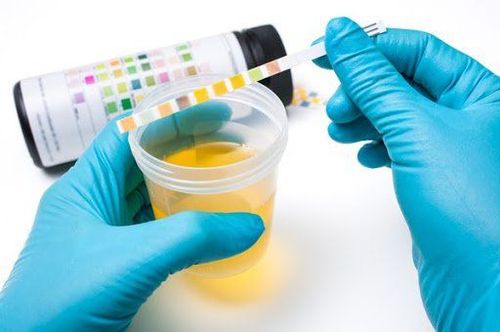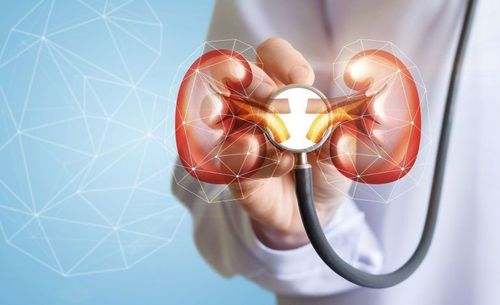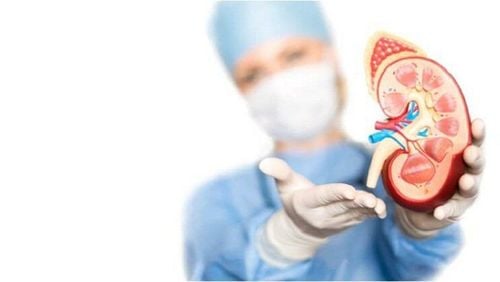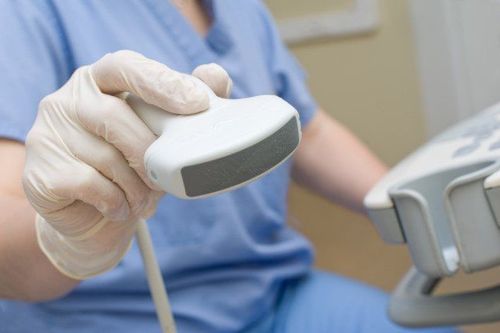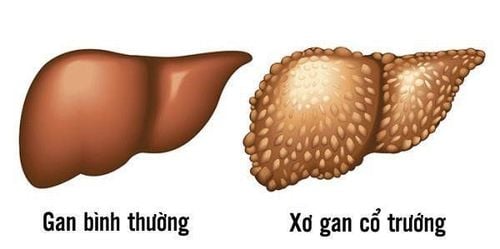This is an automatically translated article.
The article was professionally consulted by Specialist Doctor I Nguyen Hung - Department of Medical Examination & Internal Medicine - Vinmec Danang International Hospital.1. Why is urine test needed when diagnosing kidney disease?
Healthy kidneys remove waste and excess fluid from the blood. Blood and urine tests show how well the kidneys are working and how well waste is eliminated from the body.Urine tests can also detect if the kidneys are leaking abnormal amounts of protein, a sign of kidney damage.
2. Urine tests used in the diagnosis of kidney disease
A 24-hour urine test that shows how much urine your kidneys are producing, which can give a more accurate measure of how well your kidneys are working and how much protein leaks from the kidneys into the urine. in one day.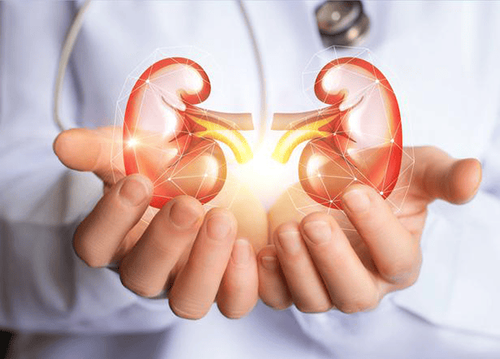
Urine tests can help detect a wide range of kidney and urinary tract disorders, including chronic kidney disease, diabetes, bladder infections, and kidney stones.
2.2 Proteinuria Proteinuria is a sign of kidney disease, blood in the urine, or an infection.
2.3 Microalbuminuria This is a more sensitive dipstick test that can detect small amounts of a protein called albumin in the urine. People at risk for kidney disease, such as those with diabetes or high blood pressure, should have this test or an albumin-creatinine ratio test if their standard dipstick test for proteinuria is negative. count.
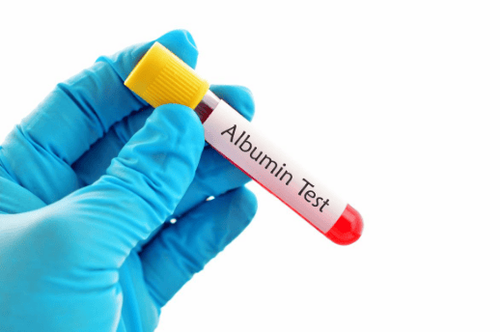
2.5 Urine pH Index Urine pH indicator is used to check whether urine is acidic or basic.
2.6 Urine red blood cells This is a sign of a urinary tract infection, kidney stones, or bleeding from the bladder. or kidney tumor
2.7 Ketoneuria Common signs in patients with uncontrolled diabetes, low-carbohydrate diet, alcoholism, long-term fasting.
2.8 Glucose (Glu) Common Signs in Diabetics
2.9 Nitrate (NIT) Often used to diagnose urinary tract infections.
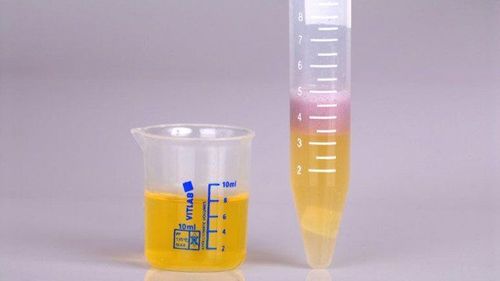
3. How to collect urine for testing
Depending on the requirements of the urine test, your doctor will guide you on the appropriate way to collect urine:3.1 Midstream collection This is the most common way to collect urine for testing. Urine samples are required to be clean and fresh.
First, the patient needs to clean the external genitals with water, then urinate normally and use a sterile container to collect urine midstream, that is, do not collect urine at the beginning and at the end of urination.
Midstream urine sample will be used to perform most tests such as: Urinalysis to detect proteinuria, hematuria, leukocytes, urinalysis, urine culture. In some cases, the technician will collect urine directly through a bladder catheter. The technician will use a small catheter placed in the bladder to collect a urine sample to test for bacteria. The patient was instructed to clean the external genitalia, insert a catheter, remove the first 100-200 ml of urine, and then collect about 20 ml into a sterile test tube to send for bacteriological testing.
3.2 24-hour urine collection A 24-hour urine sample will be used to determine the amount of protein, or some other substance lost in the urine in a day, or in combination with a blood test to estimate kidney function. How to collect 24-hour urine as follows:
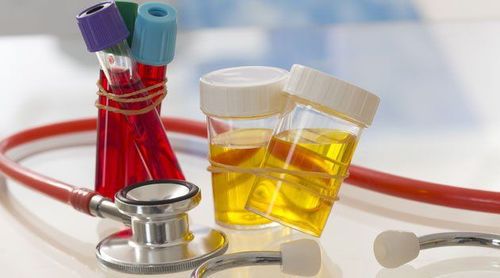
4. Notes when taking urine for testing
Before a urine test, you should avoid eating colored foods because it will change the color of your urine. Women during their menstrual cycle should tell their doctor to have a urine test done next time Some drugs, Supplements can change test results, so tell your doctor about any medications you're taking before taking a urine sample.Please dial HOTLINE for more information or register for an appointment HERE. Download MyVinmec app to make appointments faster and to manage your bookings easily.





